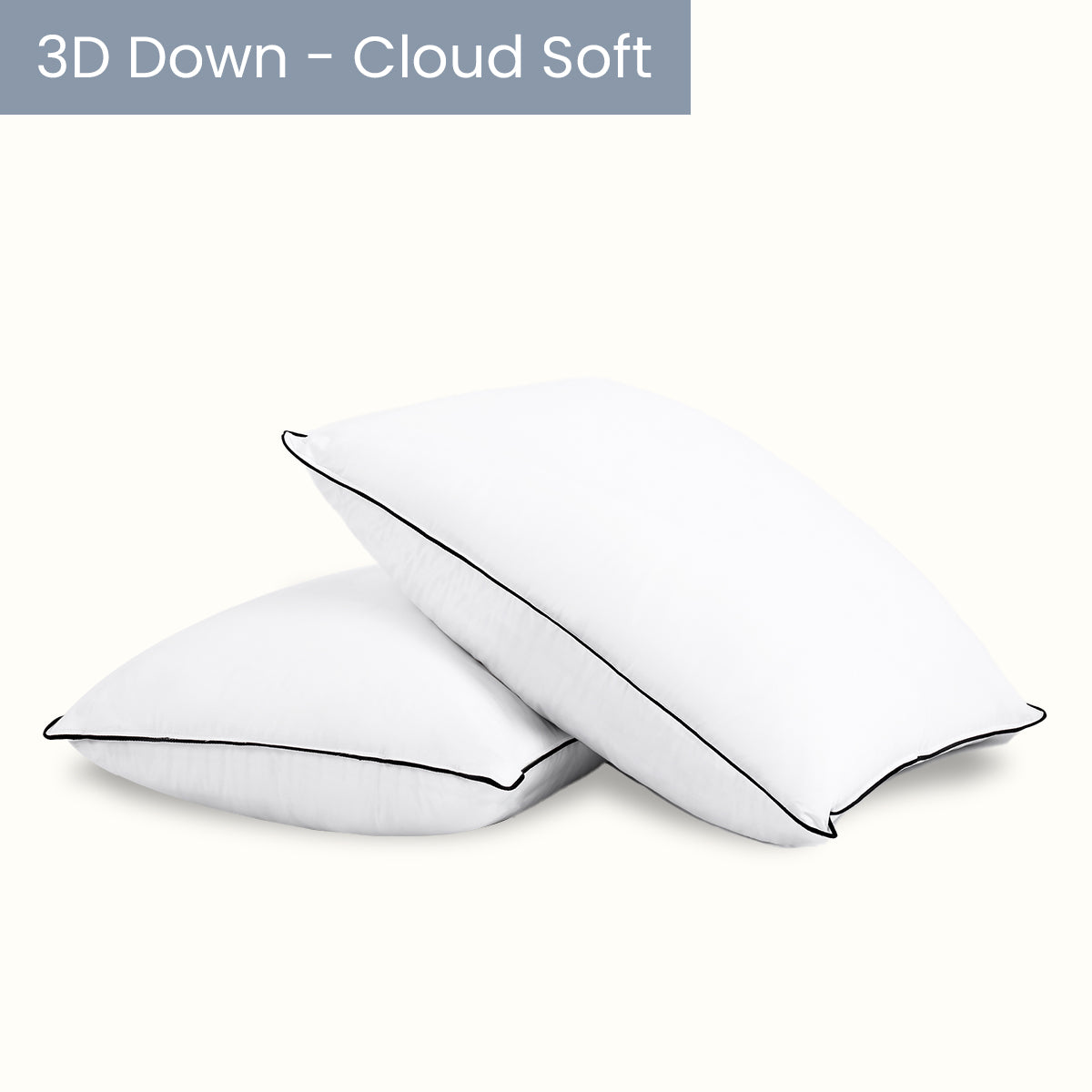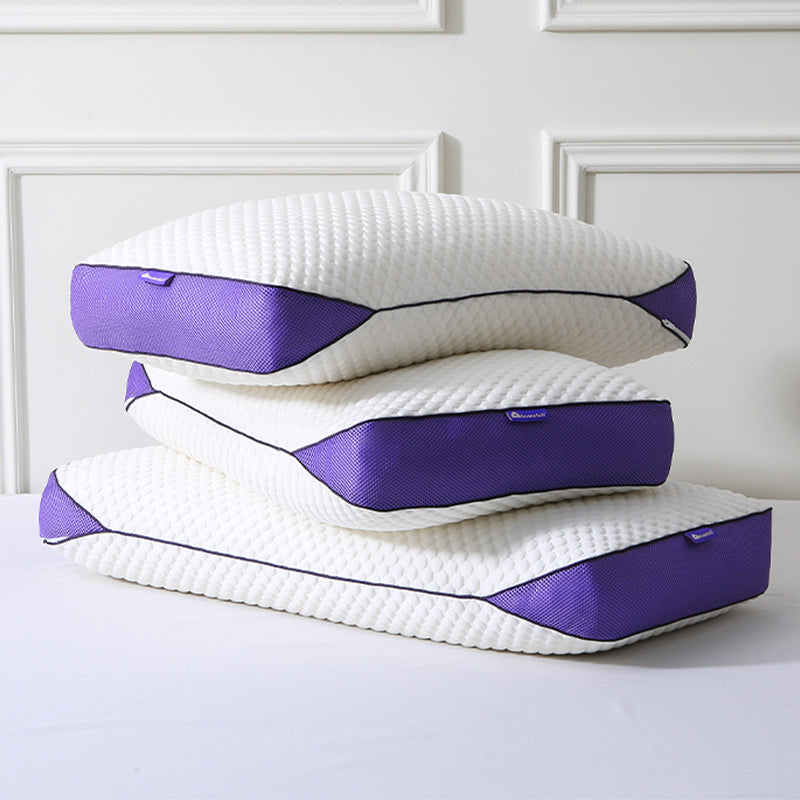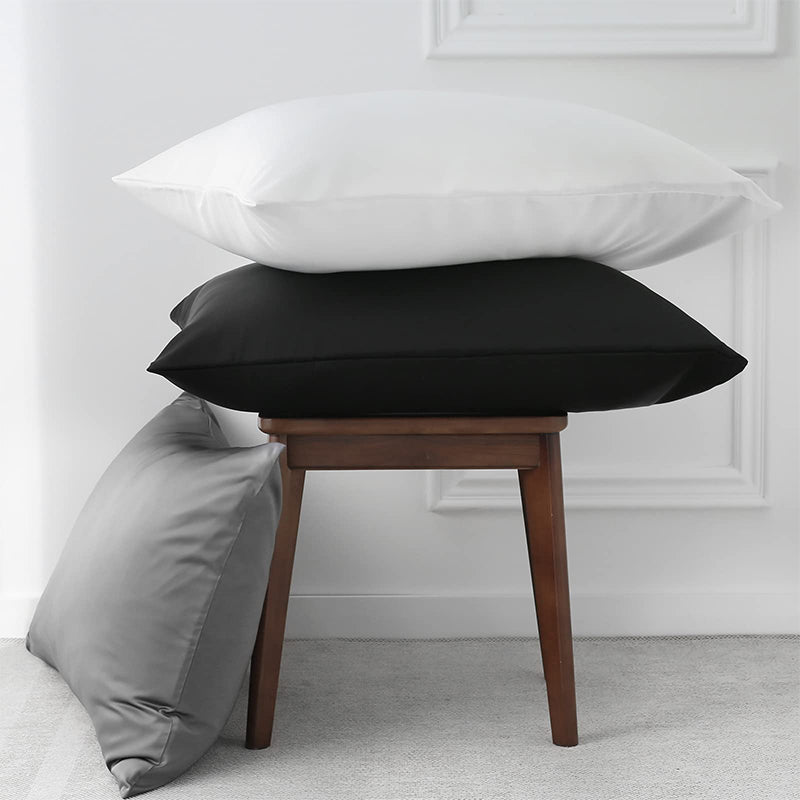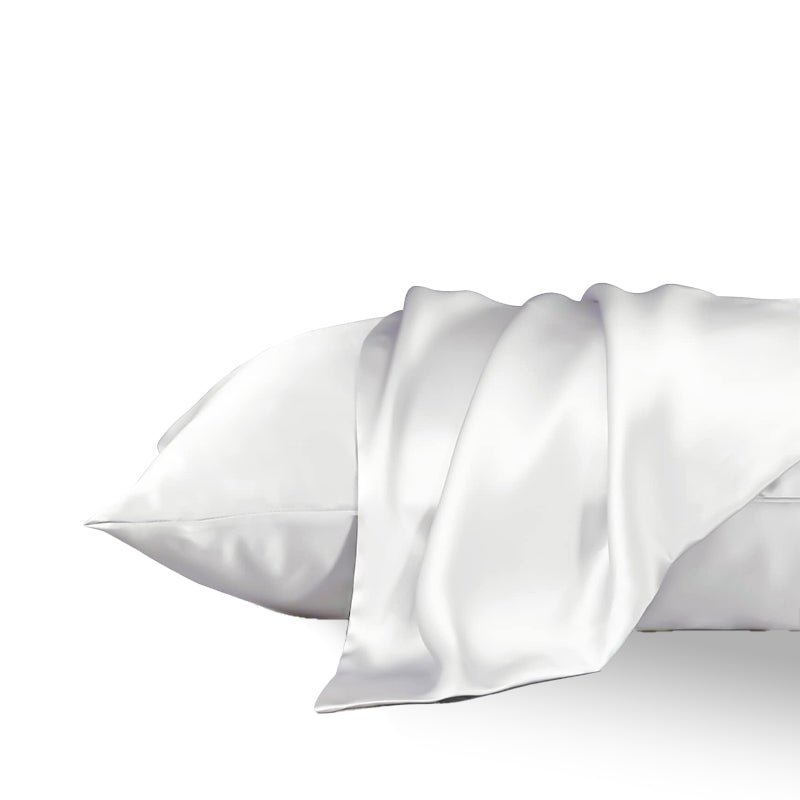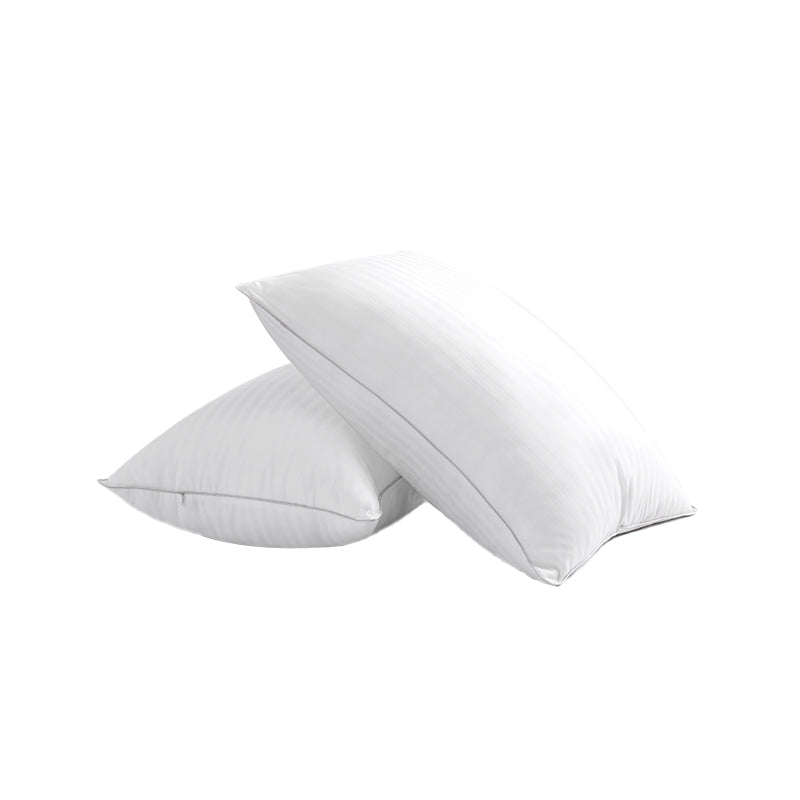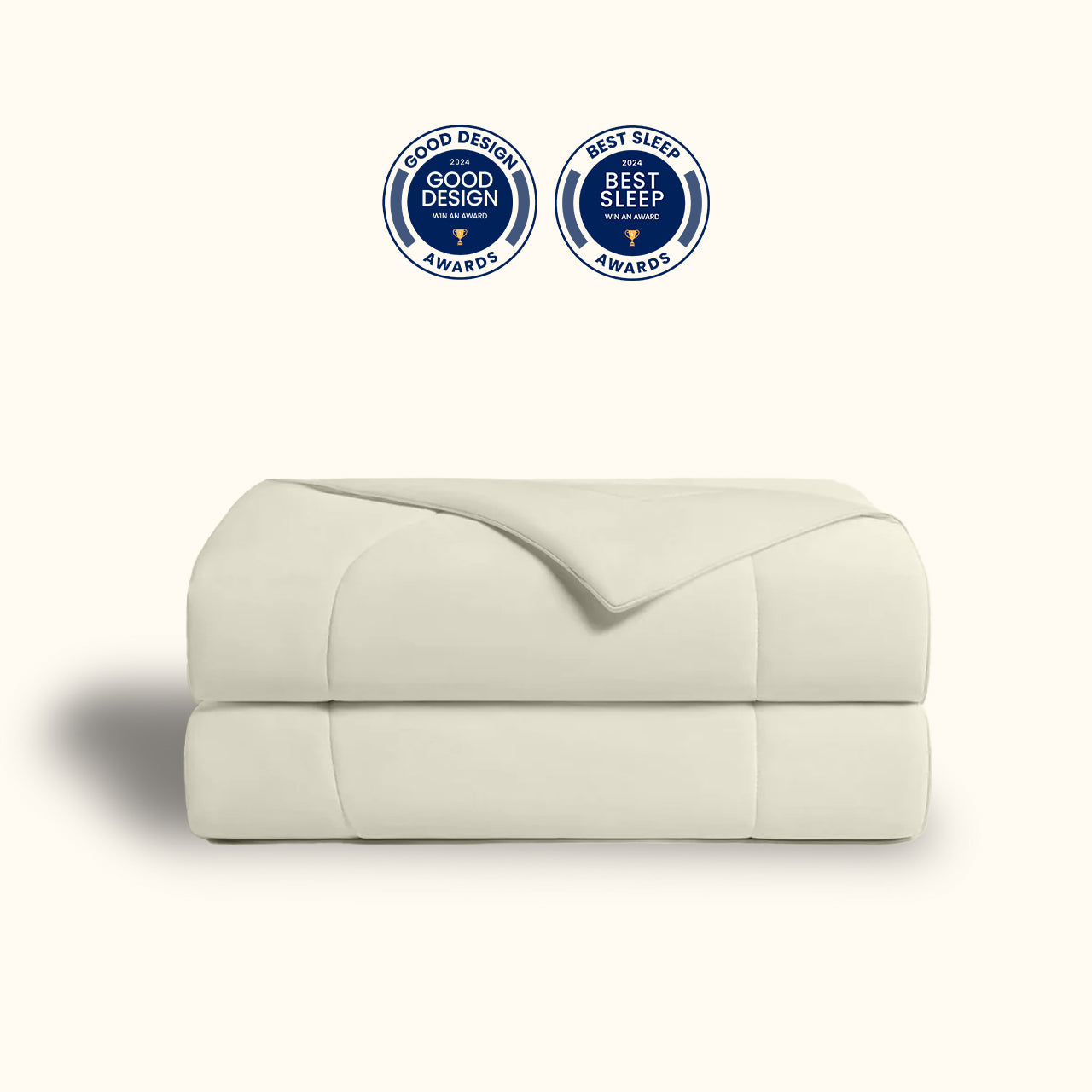A pillow supports the head and neck when we sleep. It helps relax the muscles in the head, neck and shoulders. It also makes sure we can breathe easily. A good pillow not only helps us sleep better and have a nice night’s rest. It also plays a very important role in protecting the neck bones (cervical spine).
A bad pillow can put the neck bones in a wrong position. This means the muscles and joints around them cannot relax properly. It can cause neck and shoulder pain. It can make it hard to move and even lead to other problems. These include a hunched back, uneven shoulders, a fatty lump at the base of the neck and neck wrinkles. In serious cases, it may cause neck bone disease (cervical spondylosis). So, it is very important to choose a pillow in a smart way!

How many of these three common wrong ideas about pillows do you believe?
Wrong idea 1: A higher pillow is better.
Sleeping on a high pillow for a long time can even make the neck bones bend the wrong way. Both too high and too low pillows ruin the natural curve of the neck. They press on the artery in the neck (carotid artery). This means less blood gets to the brain. Then you get headaches, feel annoyed, have bad migraines and cannot sleep well.
Wrong idea 2: Sleeping without a pillow.
If you sleep without a pillow, the neck bones get no proper support. This may strain the neck muscles. If the neck stays in a wrong shape for a long time, it can block the airway in the throat. This can make you snore. If you choose a bad pillow – or no pillow – you may feel more tired after sleeping.
Wrong idea 3: A harder pillow is better.
A too hard pillow means the head and neck touch the pillow in fewer places. This puts more pressure on those small areas. It can easily make your head feel uncomfortable or make your sleep worse.
Since a good pillow is so important, how do we choose one in a smart way?

Choose a Pillow Smartly to Avoid Shoulder and Neck Pain
Step 1: Select the Proper Material
Choose pillow material with medium firmness that maintains its shape. The ideal design features a slightly depressed center with elevated edges to cradle your head naturally.
Step 2: Choose the Correct Height
For back sleepers: The pillow height should equal your fist's width.
For side sleepers: The height should measure half your shoulder width.
Calculation formula: Pillow height = (Shoulder width - Head width)/2
Note: Elderly individuals with cervical issues should use approximately 15cm-high pillows.
Step 3: Adjust Your Sleeping Position
Back sleeping: Position the back of your head in the pillow's central depression to maintain proper cervical curvature.
Side sleeping: Ensure the pillow completely fills the space between your neck and mattress to keep spinal alignment.

Important reminder:
Individual body types vary significantly. Make necessary adjustments based on your personal comfort and physical needs.





